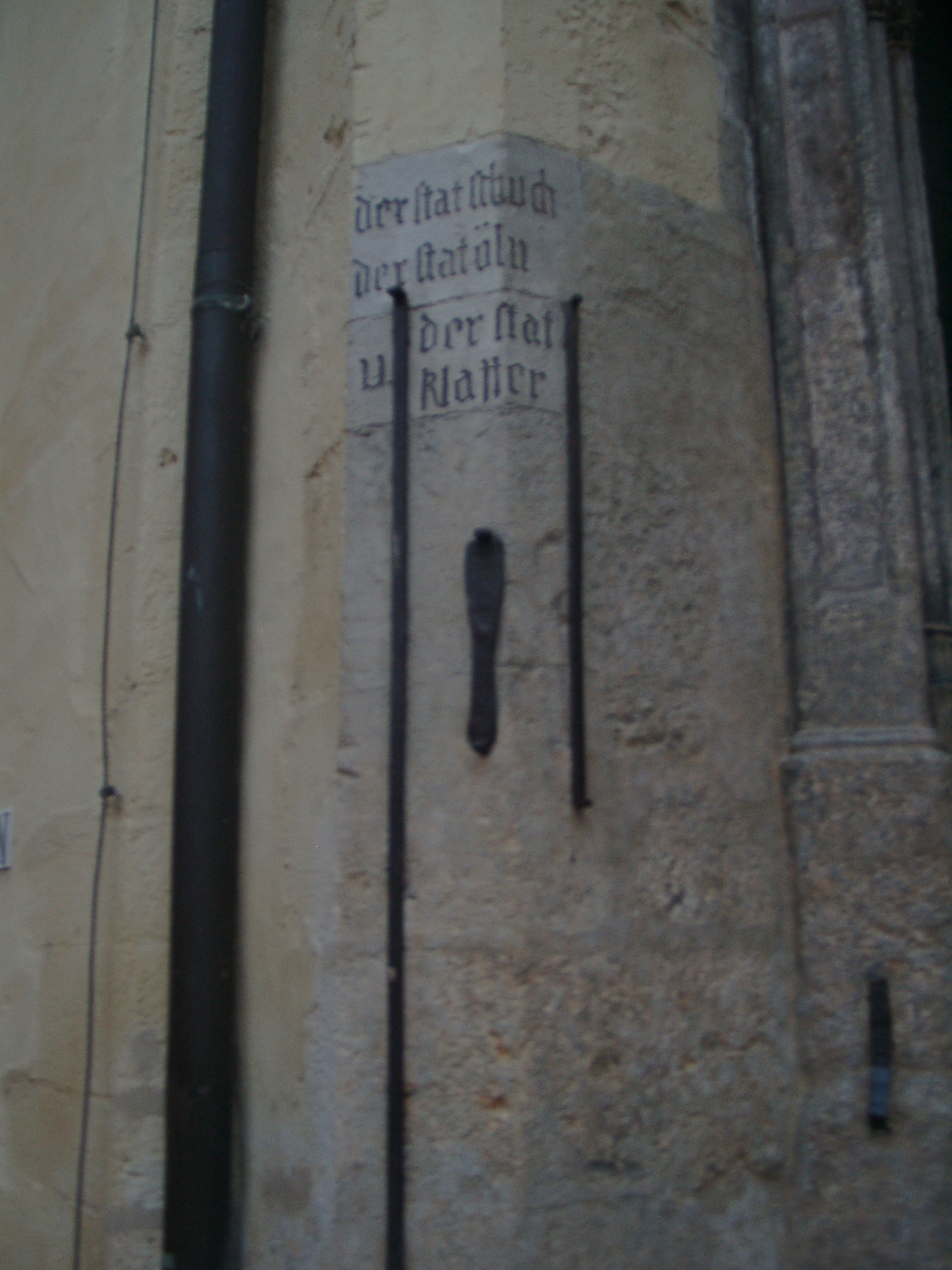After yesterday's crazy business, today is going to be at least as busy. I have already stacked material and pre-cut material that I'll take with me tomorrow, have almost finished the obligatory name-and-company-name plaque that you have to hang on a stall by German law, and now I'm sitting writing price tags and price lists.
I'm all tensed up about how the market will go. It's the first time I actually sell (or try to sell) stuff that I haven't made to order (and to measure) myself. I have some superfine silk threads to sell, and I have managed to get my hands on a few spools of real gold thread for couching or brocading weaves. I'm so, so curious whether any of this will sell! I know that I would be all over the stuff, so it remains to find out how many others like me are roaming the market.
Oh, and just before going to bed yesterday, we found that we still have enough material left from sewing our tent to add some sort of a tarp to our equipment. Designing was done in the kitchen, between quarter to and half past eleven. Including the walk into the cellar to check how much fabric there is left. That was fun!
I'm all tensed up about how the market will go. It's the first time I actually sell (or try to sell) stuff that I haven't made to order (and to measure) myself. I have some superfine silk threads to sell, and I have managed to get my hands on a few spools of real gold thread for couching or brocading weaves. I'm so, so curious whether any of this will sell! I know that I would be all over the stuff, so it remains to find out how many others like me are roaming the market.
Oh, and just before going to bed yesterday, we found that we still have enough material left from sewing our tent to add some sort of a tarp to our equipment. Designing was done in the kitchen, between quarter to and half past eleven. Including the walk into the cellar to check how much fabric there is left. That was fun!






